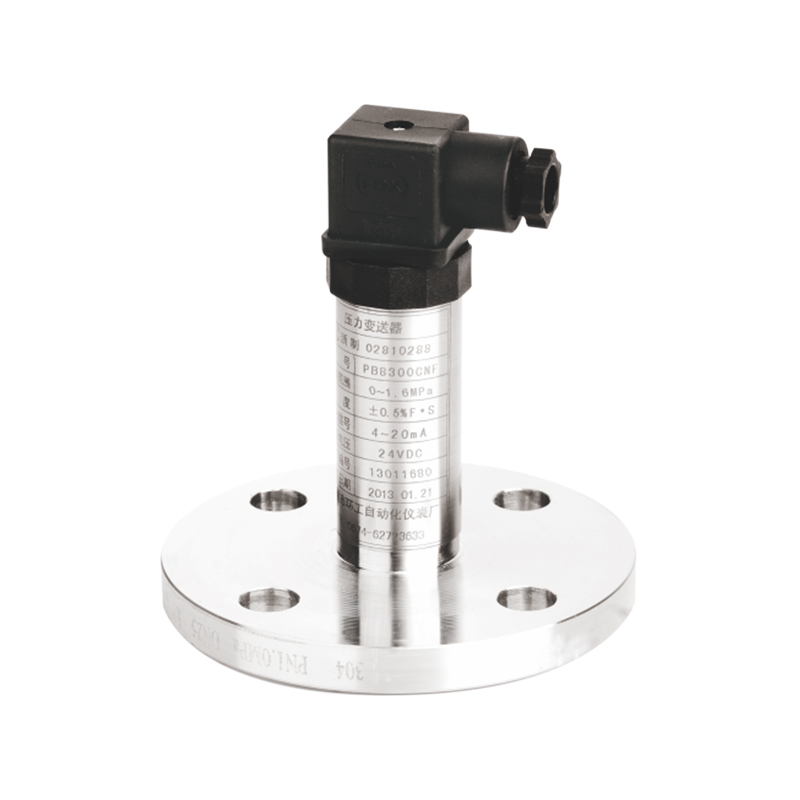The integration of level transmitters with a Distributed Control System (DCS) offers several benefits that contribute to enhancing overall process efficiency in industrial settings. Here's how:
Real-Time Monitoring and Control: DCS integration enables professionals to access an uninterrupted stream of real-time data on liquid levels. This capability goes beyond basic monitoring; it provides a nuanced understanding of dynamic changes within the system. Professionals can leverage this real-time insight to make split-second decisions, ensuring not only control over immediate processes but also the ability to foresee and respond to evolving conditions proactively.
Automation and Alarming: Automation in DCS is akin to having a virtual operator continuously overseeing the level control. It involves setting up intricate control loops with carefully defined parameters. Alarming functionalities are honed to perfection, capable of discerning nuances in data deviations. This level of automation is not just about efficiency; it's a testament to a professional approach that minimizes reaction time to critical scenarios, enhances reliability, and mitigates the risk of potential disruptions.
Centralized Data Management: Centralized data management within the DCS is not merely a convenience; it is a strategic asset for professionals. It provides a unified platform for professionals to conduct in-depth analysis, generate comprehensive reports, and monitor trends over time. This professional-grade centralization streamlines decision-making processes, facilitates troubleshooting, and offers a holistic perspective that is essential for refining operational strategies.
Process Optimization: Professionals can harness the power of DCS to implement advanced optimization strategies. This involves not only responding to real-time changes but also dynamically adjusting control parameters to achieve a finely tuned balance. The professional approach lies in utilizing the optimization capabilities of DCS to not just ensure efficiency but to elevate the entire process to a level where each operational parameter contributes to the overall effectiveness of the system.
Integration with Other Parameters: DCS integration transcends the siloed approach to control. It allows professionals to integrate level data seamlessly with other critical parameters. This multidimensional integration is not just about data correlation; it's a professional strategy to gain a comprehensive understanding of system dynamics. By discerning correlations between parameters, professionals can fine-tune control strategies with a level of precision that contributes significantly to overall process efficiency.
Historical Data Analysis: The ability of DCS to store historical data is a treasure trove for professional engineers. It is not just a tool for troubleshooting; it is a proactive mechanism for predictive maintenance. Professionals can dive into historical trends, identify patterns, and foresee potential issues before they manifest. This proactive analysis, conducted at a professional level, minimizes downtime, optimizes maintenance schedules, and contributes to the long-term reliability of the entire system.
Remote Monitoring and Control: The professional-grade remote monitoring capabilities of DCS are transformative for professionals overseeing expansive facilities. It's not just about convenience; it's about strategic control. Professionals can remotely navigate and control operations with a centralized approach, ensuring that decisions are made based on real-time data, regardless of physical location. This level of control enhances operational efficiency, responsiveness, and the ability to address emerging situations promptly.
PB83 flange type

